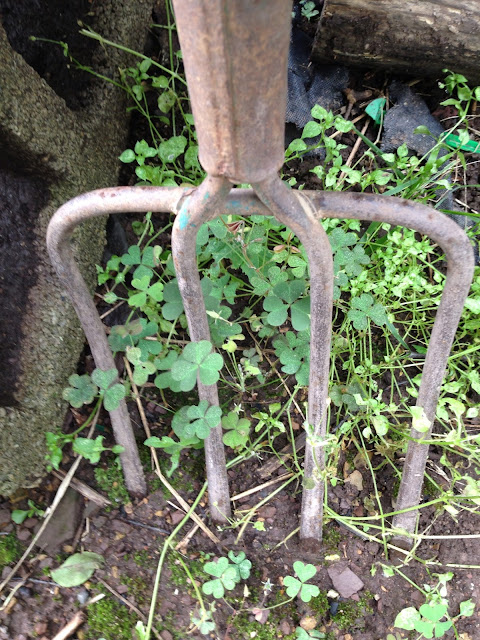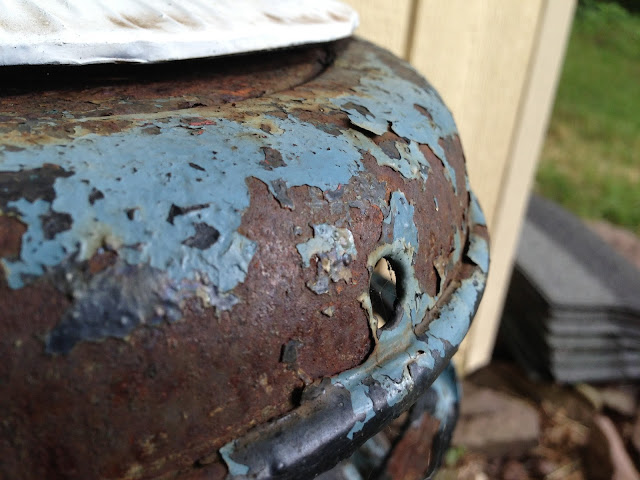Once a season, when the gardens are producing at full tilt and the blooms are at their showiest, I usually take a walk with my camera and snap pictures of each pretty flower, each delicate tendril and each piece of fruit that is destined for our summer salad bowl. I love to capture those vibrant colors and hearty pickings. For a gardener, having that little digital brag book makes the thankless months of toiling in freezing and soggy weather worth it.
As I was going for my annual stroll, snapping pictures of bright lilies and hairy tomato vines, I realized that although I relish capturing the beauty of a squash blossom, it would be gone hours later, folded by the heat of the sun. And the magenta petunias would succumb to the beetles within a day. And even the perfectly twirled cucumber tendril would straighten into a strand of mundane greenery by the next morning.
As much as I enjoy them, their season lasts but a wink and soon it will be on to the fall’s pulling up and tearing down in preparation for the shriveling creep into winter slumber.
But alongside the thrill of blazing color and stunning intricacy, there is another side to my gardens. A side that’s easily overlooked. Not terribly eye-catching. Won’t win a photo contest and never finds itself in a frame on the wall. But it’s the part of the garden that comforts me the most. Anchors me through the drab, waiting months of early spring and late fall. Casts a smile across my face as I think of the long line of green thumbs I come from and the newest rank of gardeners I’m working to grow.
The side of my gardens that comforts me most is covered with rust. Weathered to weary gray. Acquiesced to a mantle of moss or a ring of flaking paint. It’s the side of the gardens that doesn’t flare luminous like a firework on a heavy July night, but rather pulls in a deep sigh and stands firm through another season of raining and blistering and freezing. It’s the side of my gardens that I know will be there, no matter how far behind I fall as I strain to weed and fertilize and prune the aesthetic, as each year it adds another ring to its bandwidth of senescence.
So instead of a usual post that highlights the prettiest blossoms and freshest fruits, I’m putting the spotlight instead on the underbelly of my garden, the part that, in many ways, brings me the greatest joy and comforts me to my roots.
 |
| The climbing beans are working their way up the teepees that Mom and I built when I first started gardening. |
 |
| This pitchfork from my Grandpa Frisk's farm is now used to toss straw into the chicken coop. |
 |
| These stakes belonged to my grandfather-in-law, Pop Atkinson, and were used in his city garden. |
 |
| I love the old cages that Pop Atkinson used with his tomatoes. I have 8 of them and wish I could find more. |
 |
| I drove over 4 hours to buy this old tub that I found online. It's now a mint and annual container. |
 |
| This is the groundhog trap I use to battle various garden intruders. Grandpa Frisk used it for years on the farm in western PA. |
 |
| This wheel is from an old wooden wheelbarrow that I was given last spring by an elderly family member. I love the hammered metal's patina. |
 |
| This milk can came from my Grandpa Frisk's farm. The lid still has the farm's delivery route number painted on top of it. |
 |
| I found this old door at an architectural salvage yard. It's now a potting table on the side of the shed. It's hinged so it can fold down during the winter and then prop up for use in the spring. |
 |
| I also bought this old screen door at the salvage yard with the idea of turning it into a morning glory trellis. Like a lot of projects around the yard, it's still waiting patiently to be tackled. |
 |
| This John Deere thermometer hangs on the chicken coop. It came from my Grandpa Frisk's coop where I first remember gathering eggs. |
 |
| This was my grandfather's milking stool. Now it's used by the kids when they visit with the hens. |
 |
| This pile of wood came from a tree that we cut down to make room for the coop. It's been waiting nearly two years now for someone to come and chop it up. |
He has made everything beautiful in its time. – Ecclesiastes 3:11



